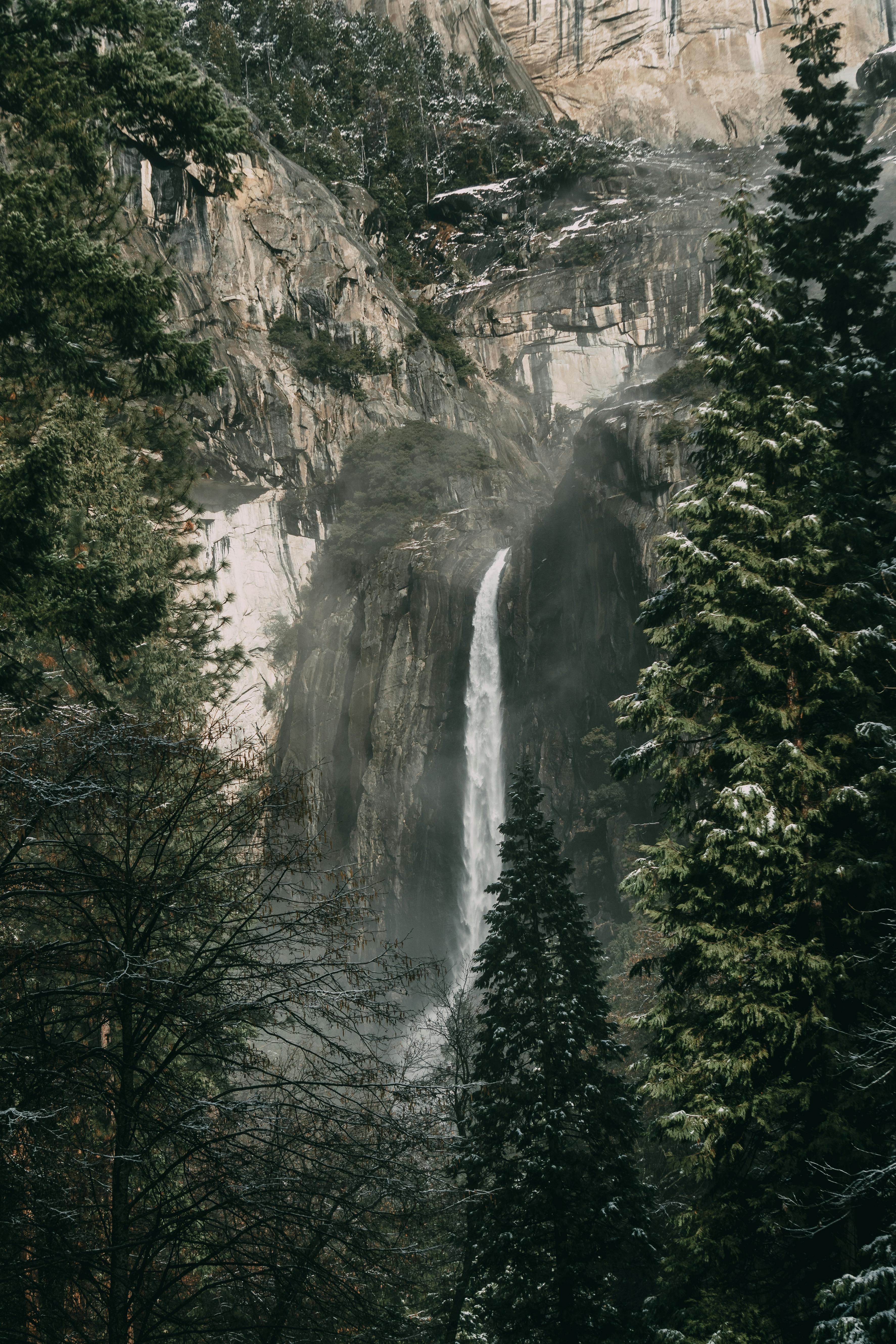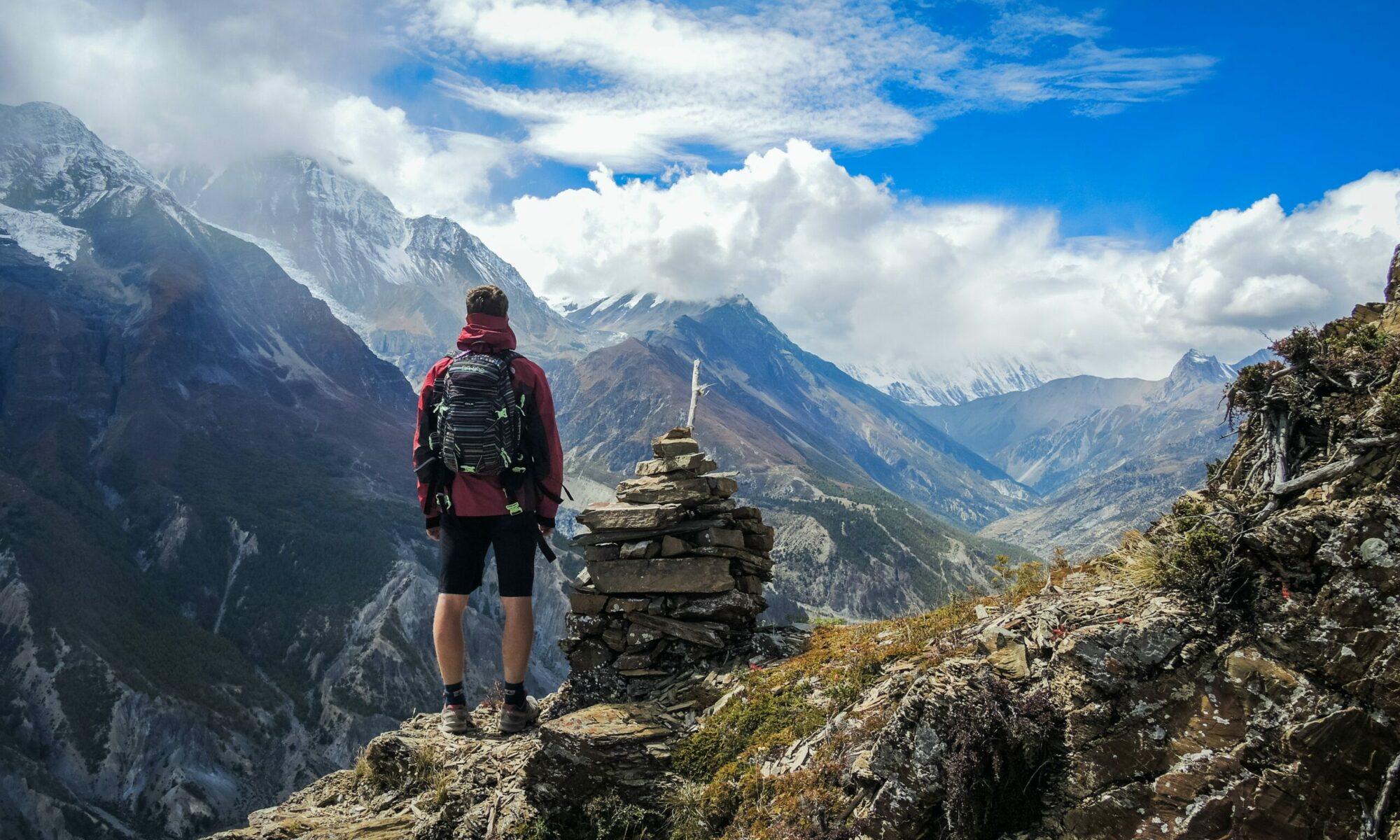Explore the beauty of national parks with our guide on using maps to uncover nature’s wonders. Master navigation for unforgettable adventures ahead!
Have you ever stood in the midst of nature’s beauty, wondering where to go next? National parks offer a gateway to some of the most breathtaking landscapes on earth, but how do you make the most of your visit? Using a map can enhance your journey and help you discover hidden treasures. Let’s embark on a journey through the wonders of national parks while mastering the art of navigation.
Understanding National Parks
National parks are more than just vast stretches of land; they encapsulate ecosystems, wildlife, and natural wonders. These protected areas preserve not just the flora and fauna but also the cultural history intrinsic to every landscape. You might wonder what makes a park worthy of national designation. The criteria often include biodiversity, unique geological features, and recreational availability.
The Significance of National Parks
Why should you care about national parks? They are essential for environmental preservation, providing a serene escape from urban life and promoting outdoor activities. Additionally, these parks serve as educational resources, informing visitors about conservation and ecological interdependence.
Your Role in Conservation
As you navigate through national parks, you become a part of their story. By respecting the natural environment, adhering to park regulations, and minimizing your impact, you help maintain these precious resources for future generations. Your choices matter, and this journey is as much about stewardship as it is about enjoyment.
The Essentials of Navigation
Before you set off to uncover the heart of national parks, understanding navigation tools is essential. A well-thought-out plan and map will be your best friends on this adventure.
Choosing the Right Map
With various map types available, consider what will serve you best:
| Map Type | Description | Best For |
|---|---|---|
| Topographic Maps | Show elevation and terrain with contour lines | Hiking and backcountry exploration |
| Trail Maps | Detail trails and paths, including difficulty levels | Day hikes and backpacking |
| Road Maps | Focus on roads and access points | Driving tours through parks |
| Digital Maps | Often interactive and feature GPS | Real-time navigation and updates |
Having maps in different formats can enhance your experience, letting you choose what’s right for the moment.
Understanding Scale and Symbols
Understanding the scale and symbols on your map is crucial for effective navigation. A map’s scale indicates the relationship between distance on the map and actual distance on the ground. Symbols represent various features such as trails, water sources, and campsites. Familiarizing yourself with these will empower you while you’re out in the wild.
Planning Your Visit
A successful visit to a national park hinges on great planning. Are you ready to make the most out of your experience?
Researching Your Destination
Every national park is unique, so take the time to research. Look into the park’s ecosystem, the types of wildlife you might encounter, the popular trails, and any facilities available. Online resources like the National Park Service website can provide you invaluable insights about upcoming events and seasonal conditions.
Creating an Itinerary
Crafting an itinerary can seem daunting, but it ensures you use your time efficiently. Note down key points you wish to visit, including:
| Attraction Name | Approximate Duration | Distance from Visitor Center |
|---|---|---|
| Sightseeing Point A | 1 hour | 2 miles |
| Hiking Trail B | 4 hours | 5 miles |
| Visitor Center C | 30 minutes | 0 miles |
Planning your time effectively can help balance exploration with moments of tranquility.
Essential Gear for Your Journey
Equipping yourself with the right gear will significantly enhance your national park experience.
Clothing
Dress in layers, allowing for comfort across varying weather conditions. Consider breathable fabrics for warm days and waterproof layers if clouds gather unexpectedly. Essential items include:
- Hiking boots: Supportive and weather-resistant footwear is crucial.
- Sunscreen: Protect your skin, especially in high altitudes with strong sun exposure.
- Hat and sunglasses: Shield yourself from the sun and enjoy your surroundings.
Navigation Equipment
In addition to your maps, consider these tools for navigation:
- Compass: While technology is great, a good old-fashioned compass can guide you when technology fails.
- GPS device or smartphone: Many outdoor apps can provide real-time navigation and trail details.
- Portable charger: Keep your devices ready to go, ensuring you stay connected or can find help if necessary.

Wildlife Watching: A Potential Joy
One of the most rewarding aspects of visiting a national park is the opportunity to observe wildlife in its natural habitat. You might find yourself fascinated by the variety of species you encounter.
Responsible Wildlife Viewing
To enjoy wildlife responsibly, keep a safe distance and avoid feeding animals. Use binoculars and respecting their space ensures both your safety and the well-being of the animals.
Peak Viewing Times
Researching the best times to see certain species can enhance your experience. Many animals are most active during early morning or late afternoon. Here’s a basic guide:
| Animal | Peak Viewing Time |
|---|---|
| Deer | Dawn and dusk |
| Bears | Early morning |
| Birds | Early morning |
| Wolves | Twilight |
Timing your visit can increase your chances of memorable encounters.
Hiking: The Best Way to Connect
Trekking through a national park connects you deeply with the land. The rhythm of your footsteps, the rustling of leaves, and the fragrance of pine will immerse you in a transformative experience.
Choosing the Right Trail
National parks offer a variety of trails suited for all skill levels. Understanding whether you’re up for a leisurely stroll or an arduous hike can set the tone for your day.
| Trail Name | Difficulty Level | Estimated Duration |
|---|---|---|
| Easy Loop Trail | Easy | 1-2 hours |
| Moderate Ridge Trail | Moderate | 3-4 hours |
| Challenging Summit Trail | Difficult | 5-8 hours |
Reading trail descriptions online and at the visitor center can help you pick one that matches your interest and stamina.
Safety on the Trail
While hiking offers joy, safety remains paramount. Familiarize yourself with the following tips:
- Stay on designated trails: Protect the environment and avoid getting lost.
- Carry sufficient water: Staying hydrated is key to maintaining energy levels.
- Tell someone your plans: Inform a friend or family member about your intended route and expected return.
Capturing Memories
Throughout your visit, you may wish to document your experiences.
Photography Tips
Photography can serve as a beautiful way to capture your journey. Here are some tips to help you snap stellar photographs:
- Golden Hour: Shoot photographs during the hour after sunrise and before sunset for the best natural lighting.
- Consider composition: Apply the rule of thirds to frame your image more compellingly.
Journaling
Keeping a journal can also deepen your connection with nature. After a day in the park, jotting down your thoughts, observations, and emotions provides a personal touch to your exploration.
Connecting with Fellow Visitors
Finding camaraderie within the park can enrich your experience. Striking up conversations with fellow hikers and nature enthusiasts often leads to unexpected friendships.
Tips for Building Connections
- Share stories: You might learn about steeped park history and hidden gems.
- Join guided tours or ranger programs: These are perfect opportunities to meet other visitors while deepening your understanding of the park.
Leaving No Trace
As you enjoy your time in nature, the Leave No Trace principles are more important than ever.
Practicing Responsible Recreation
Being a responsible visitor means minimizing your ecological footprint. Here’s a simple guide to the essentials:
| Leave No Trace Principle | Action |
|---|---|
| Plan Ahead and Prepare | Research and create a smart schedule |
| Travel and Camp on Durable Surfaces | Stick to established trails and campsites |
| Dispose of Waste Properly | Pack out what you pack in |
| Leave What You Find | Avoid taking rocks, plants, or historical items |
| Minimize Campfire Impact | Use a portable stove instead of a campfire |
| Respect Wildlife | Observe animals from a distance |
| Be Considerate of Other Visitors | Maintain a low noise level and keep a clean site |
Adopting these practices isn’t just being courteous; it ensures future generations can enjoy these national treasures.
Bringing the Experience Home
Once you return from your national park exploration, how will you incorporate the lessons learned into daily life?
Reflecting on Your Journey
Take some time to reflect on your adventure. What were the most significant moments? What did you learn about nature and yourself?
Sharing Your Story
Sharing your experiences through social media, blogs, or even with friends can inspire others to connect with nature. Consider how you can convey your love for the outdoors, perhaps encouraging someone else to plan a similar getaway.
Continuing Your Exploration
Now that you’ve uncovered the joys of national parks, why stop here? There are so many national parks waiting for you, each with its unique attractions. Consider systematically approaching new parks in your area or even planning a cross-country road trip that brings together multiple parks, combining your newfound skills with new explorations.
Final Thoughts
Through careful preparation, responsible wildlife viewing, and a commitment to protecting the land, you can create lasting memories in national parks. With your map in hand, you’re now equipped to embrace the wonders of nature while forging a connection that reaches beyond the beautiful landscapes. Each step taken is a story waiting to unfold, and every path you choose can lead to new discoveries. So, the next time you find yourself facing the majesty of a national park, remember: adventure is out there, just waiting for you to uncover it.


